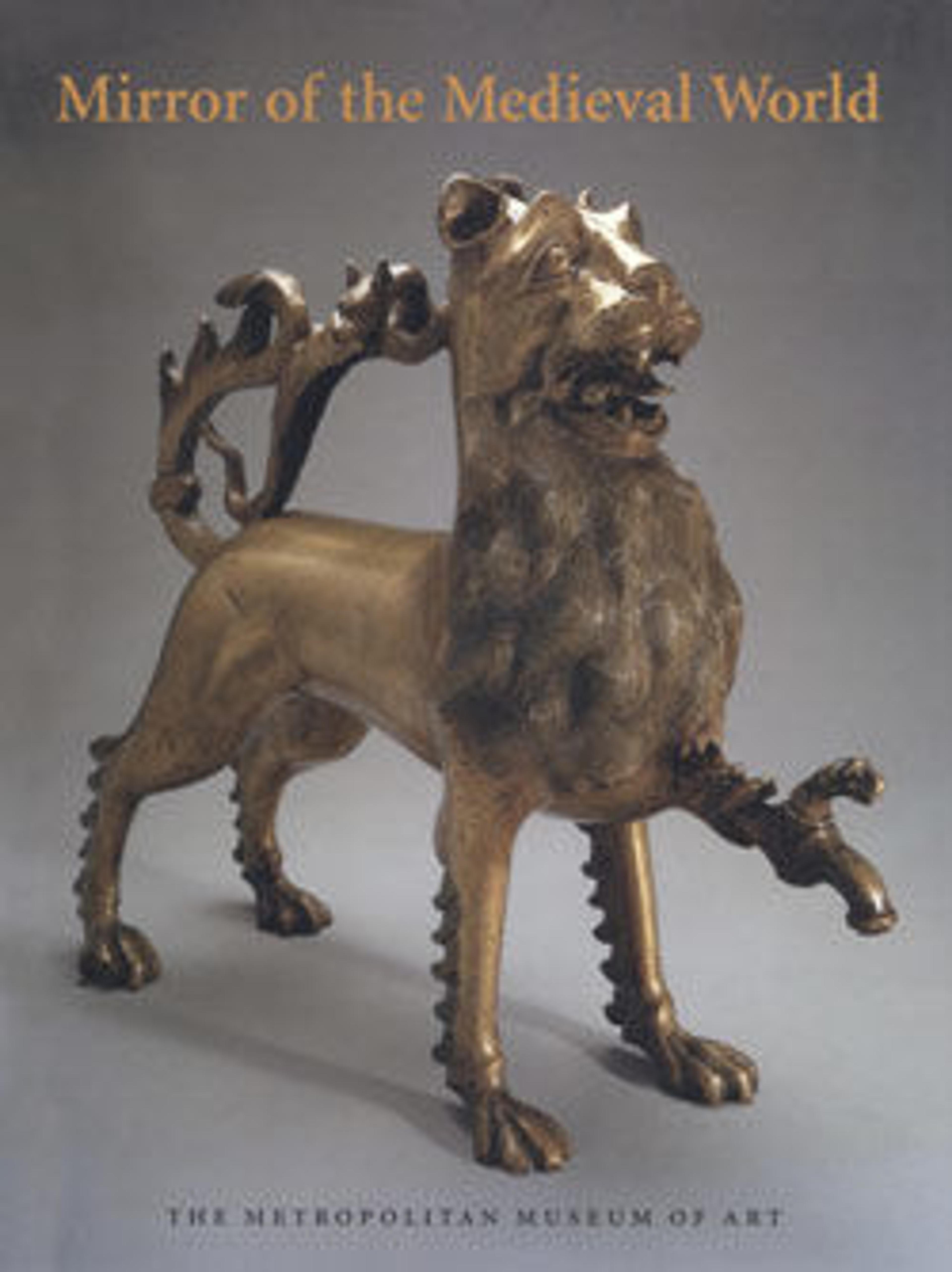Crucified Christ
The suffering of Christ on the cross was so important in Gothic art that the mid-thirteenth-century statute of the corporations of Paris included a guild dedicated to the carving of such images, including ones in ivory. This ivory sculpture of Christ, whose pathos and agony are beautifully conveyed, was executed in the round and most certainly was intended for an altar cross. In spite of the loss of both arms and parts of the legs (which originally were attached to the body by means of pegs), the modeling of the figure reveals a profound sensitivity to form and expression. The powerful anatomical structure—portraying, naturally, the corporeality of the dying Christ—is remarkable for a crucifix of this period. The closed eyes and the long hair, which falls down the back and right side of the head, reveal the emotional impact of death. A subtle twist in the torso was produced in part by the positioning of the legs, which were crossed and mounted on the cross with a single nail.
Artwork Details
- Title: Crucified Christ
- Date: ca. 1260–80
- Geography: Made in Paris, France
- Culture: French
- Medium: Elephant ivory, traces of polychromy
- Dimensions: Overall: 6 5/8 x 1 11/16 x 1 5/16in. (16.8 x 4.3 x 3.4cm)
- Classification: Ivories-Elephant
- Credit Line: Gift of Mr. and Mrs. Maxime L. Hermanos, 1978
- Object Number: 1978.521.3
- Curatorial Department: Medieval Art and The Cloisters
More Artwork
Research Resources
The Met provides unparalleled resources for research and welcomes an international community of students and scholars. The Met's Open Access API is where creators and researchers can connect to the The Met collection. Open Access data and public domain images are available for unrestricted commercial and noncommercial use without permission or fee.
To request images under copyright and other restrictions, please use this Image Request form.
Feedback
We continue to research and examine historical and cultural context for objects in The Met collection. If you have comments or questions about this object record, please contact us using the form below. The Museum looks forward to receiving your comments.
